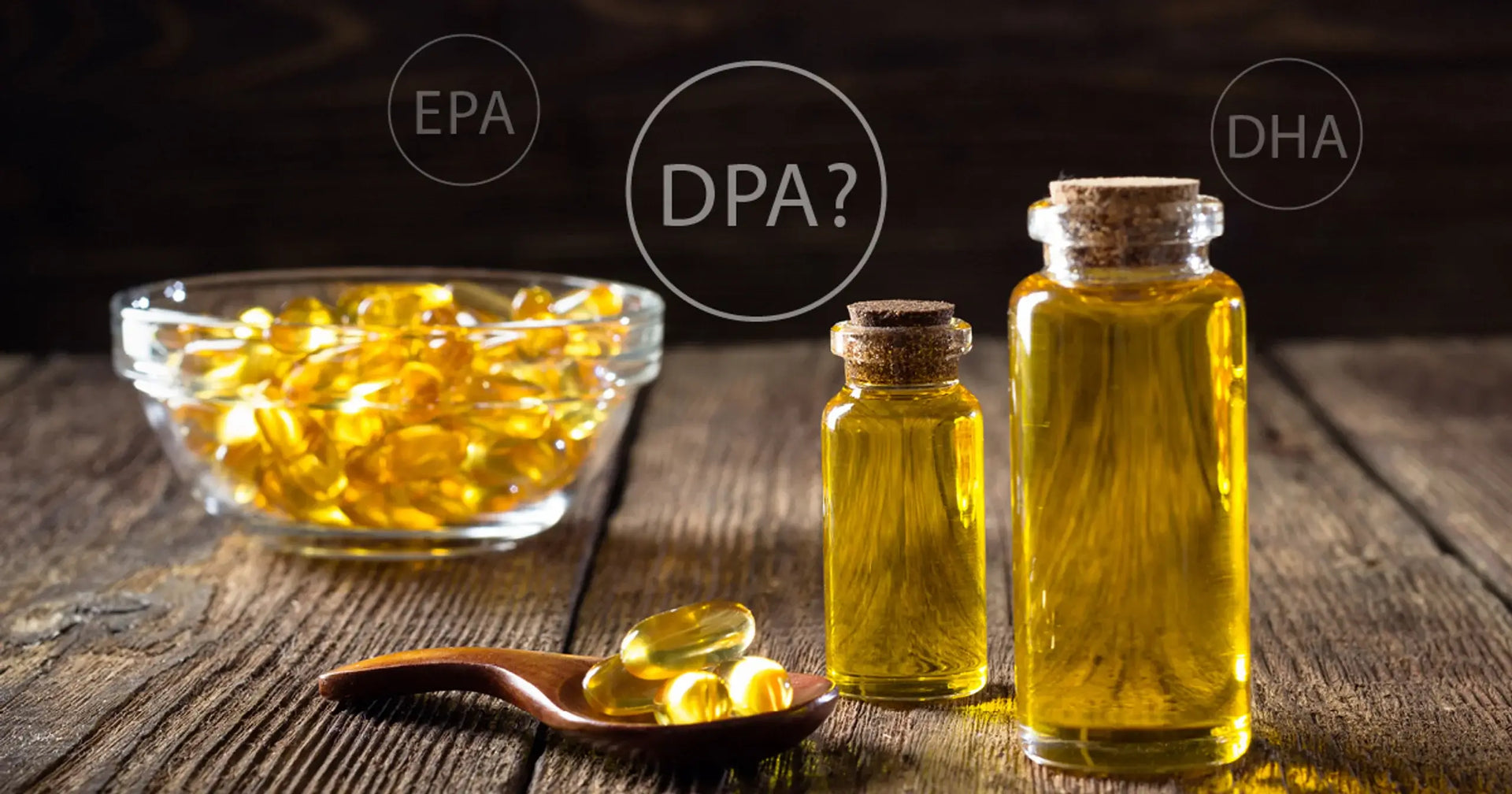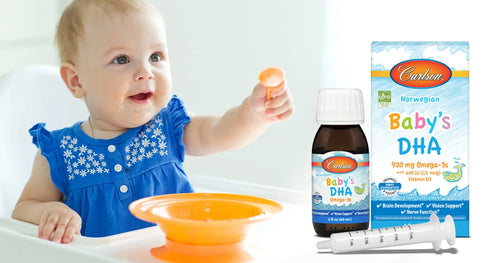
DPA (docosapentaenoic acid) is a long-chain omega-3 fatty acid, and the third most prevalent omega-3 fatty acid found in fish oil after the more well-known and researched EPA (eicosapentonoic acid) and DHA (docosahexanoic acid).
DPA: The Other Beneficial Omega-3
Until very recent years, DPA was not a very identified nor studied fatty acid, and it occurs in much lower concentrations than EPA and DHA. Emerging research has demonstrated DPA’s benefits with cognition and mental wellbeing, heart health, and healthy triglyceride levels. Seeing these valuable advantages, many supplement companies have begun making it a priority to either add DPA as one of their products or list the milligrams of DPA found within their fish oil products.
EPA, DHA, and DPA have different molecular structures, and as a result have been found to interact differently within cell membranes. Research has seen the differences between EPA, DHA, and DPA, as well as the interrelationship. DPA has been noted as playing a key role in regulating the use of EPA and DHA in the body. It appears that DPA plays a role in the conversion of EPA and DHA, and it also serves as a reserve for EPA and DHA. DPA can be converted from EPA or converted to EPA or DHA. It looks to be an incredibly important and beneficial fatty acid that is certainly noteworthy to include on labels.
Substantial amounts of DPA can be obtained by consuming at least 3 ounces a few times a week of certain types of fish like Bluefin Tuna, Wild Alaskan Sockeye Salmon, Chinook Salmon, and Atlantic Mackerel; however, most Americans have been found to eat substantially less than what the American Heart Association recommends. Another way to get DPA is through supplementation. Many fish oil supplements, not all, contain small amounts of DPA. Recognizing the importance of DPA, Carlson is in the process of adding this item to our supplement facts box panel. If the product contains DPA, the amount will be listed under the Total Omega-3 Fatty Acids section, along with EPA and DHA.
Be sure to keep any eye out for this beneficial omega-3 on our fish oil products!






